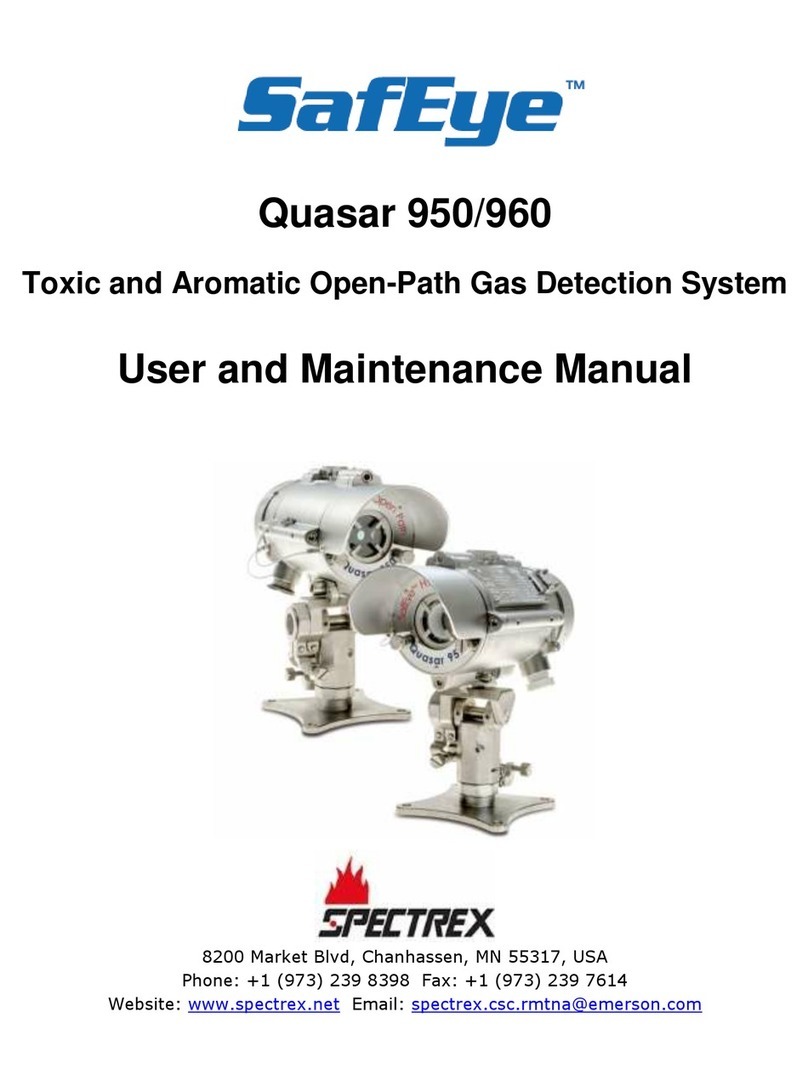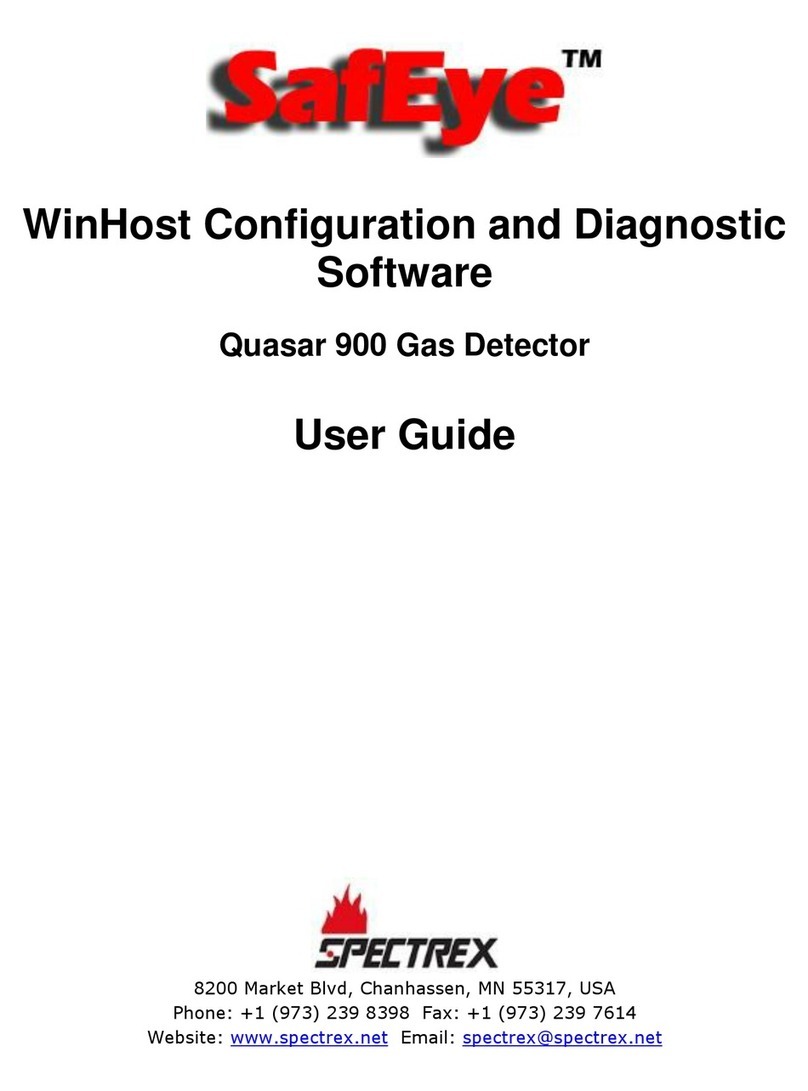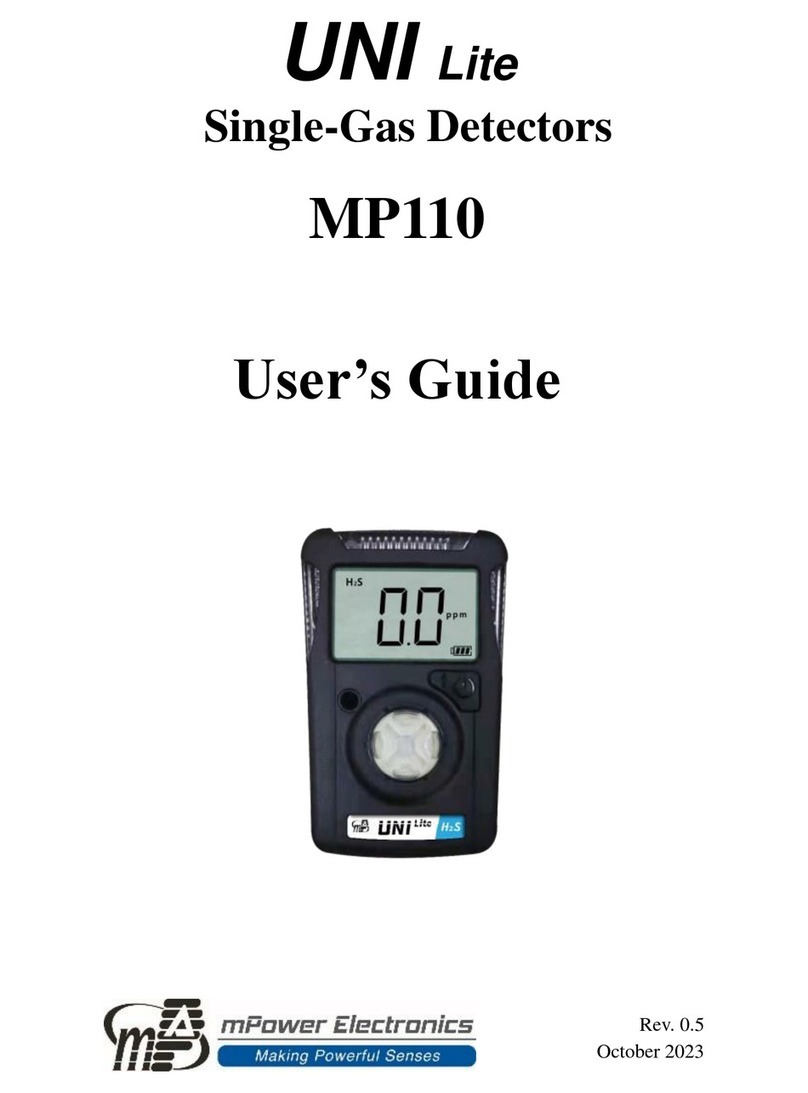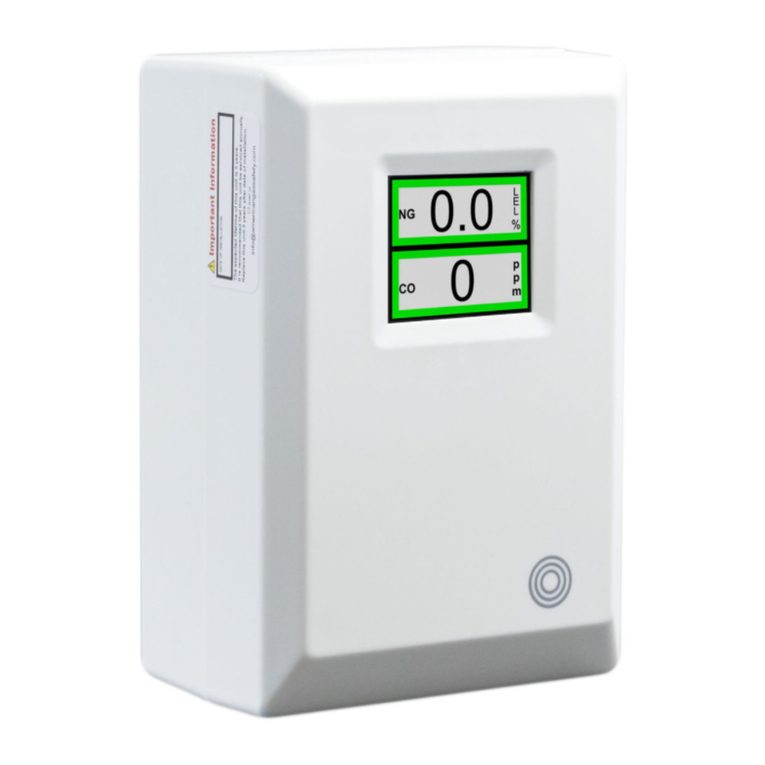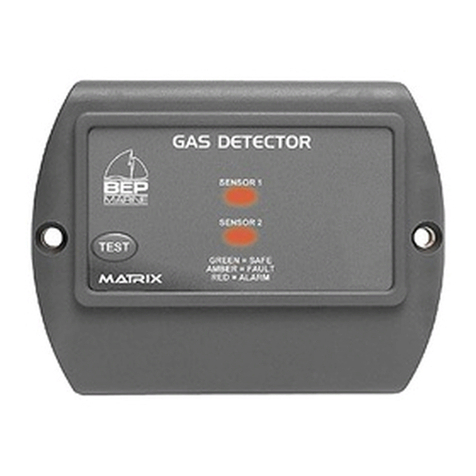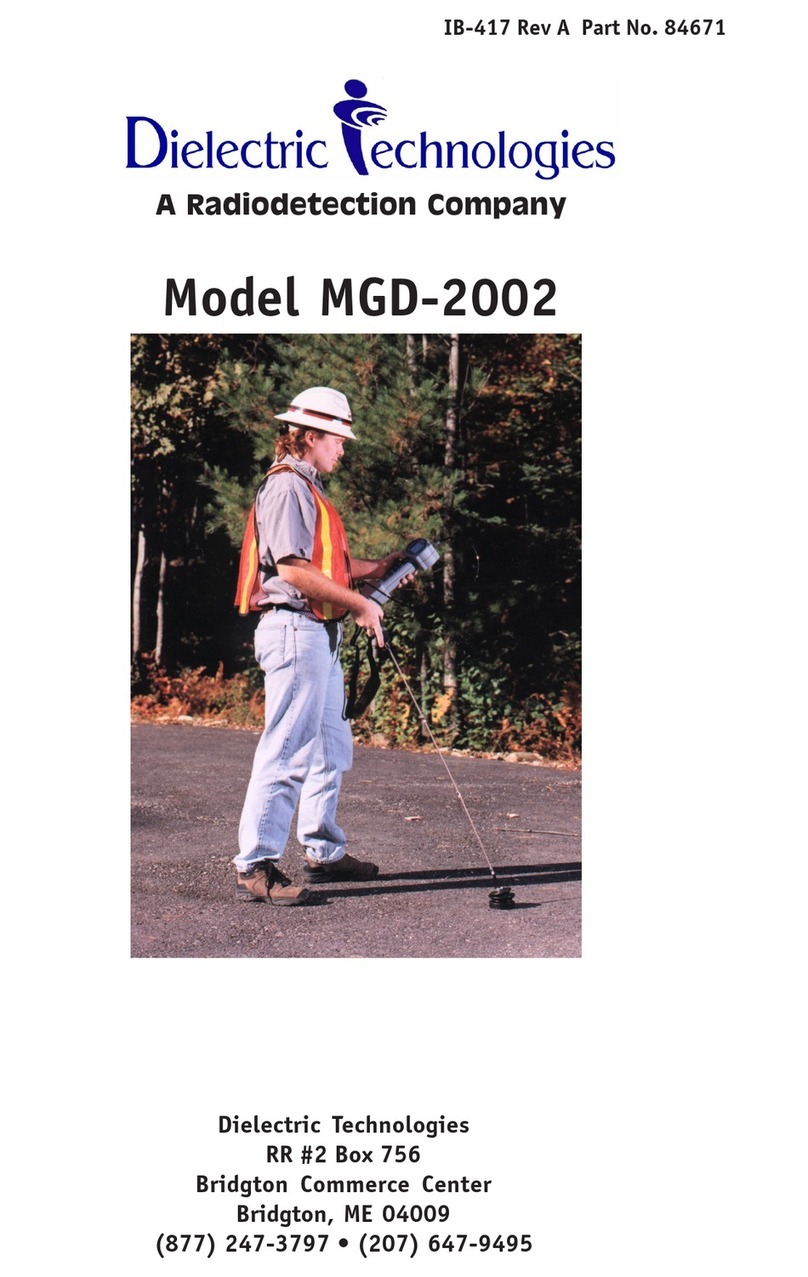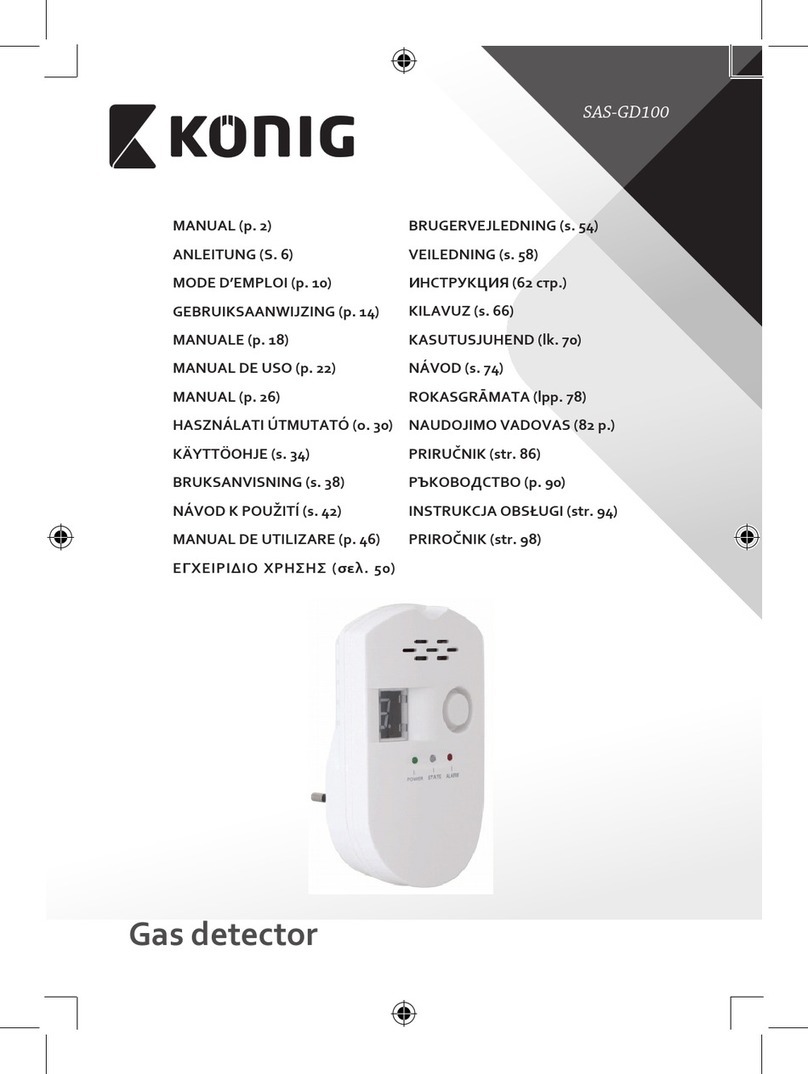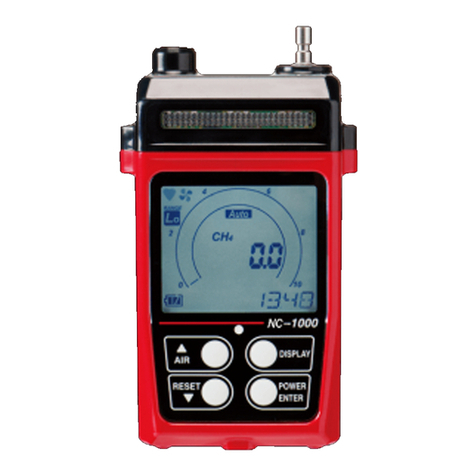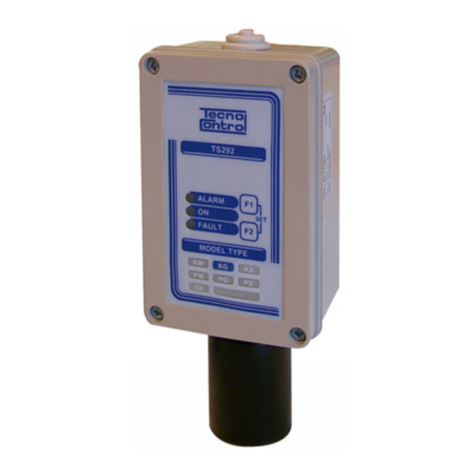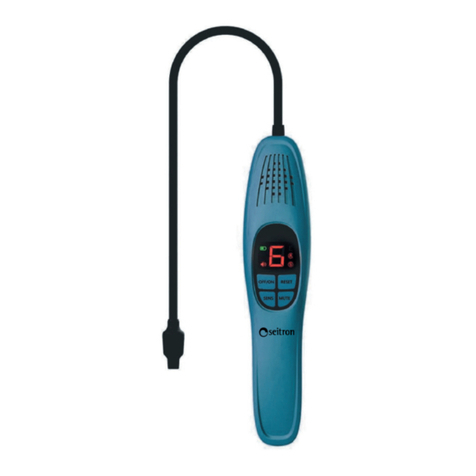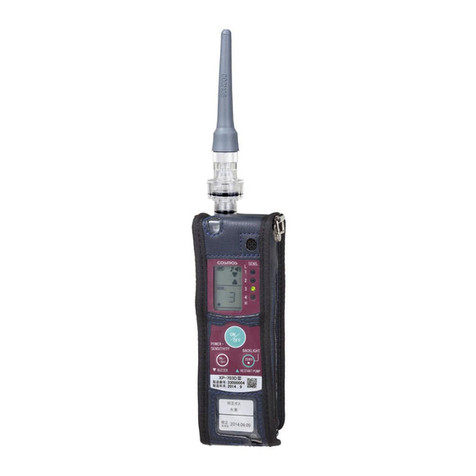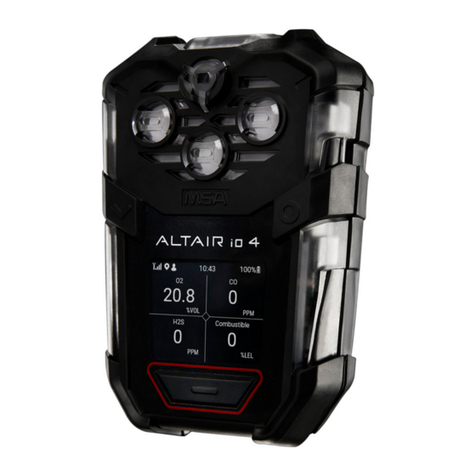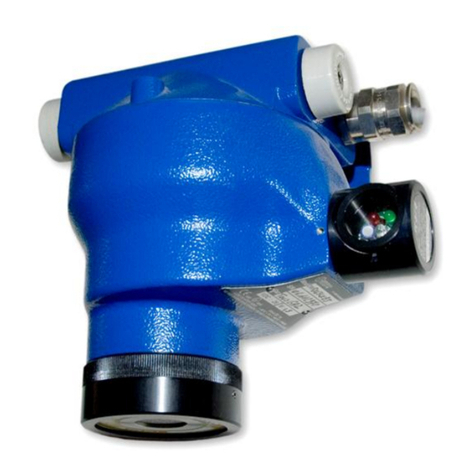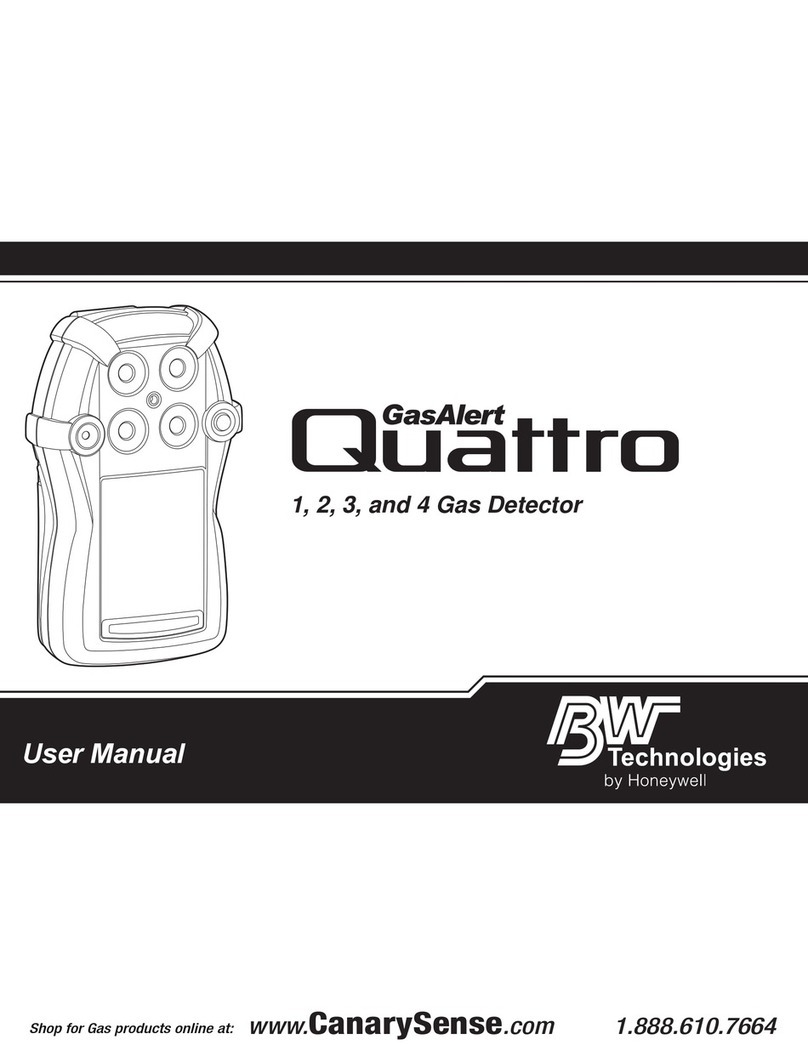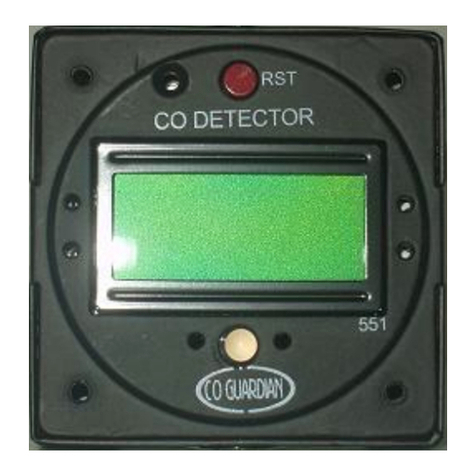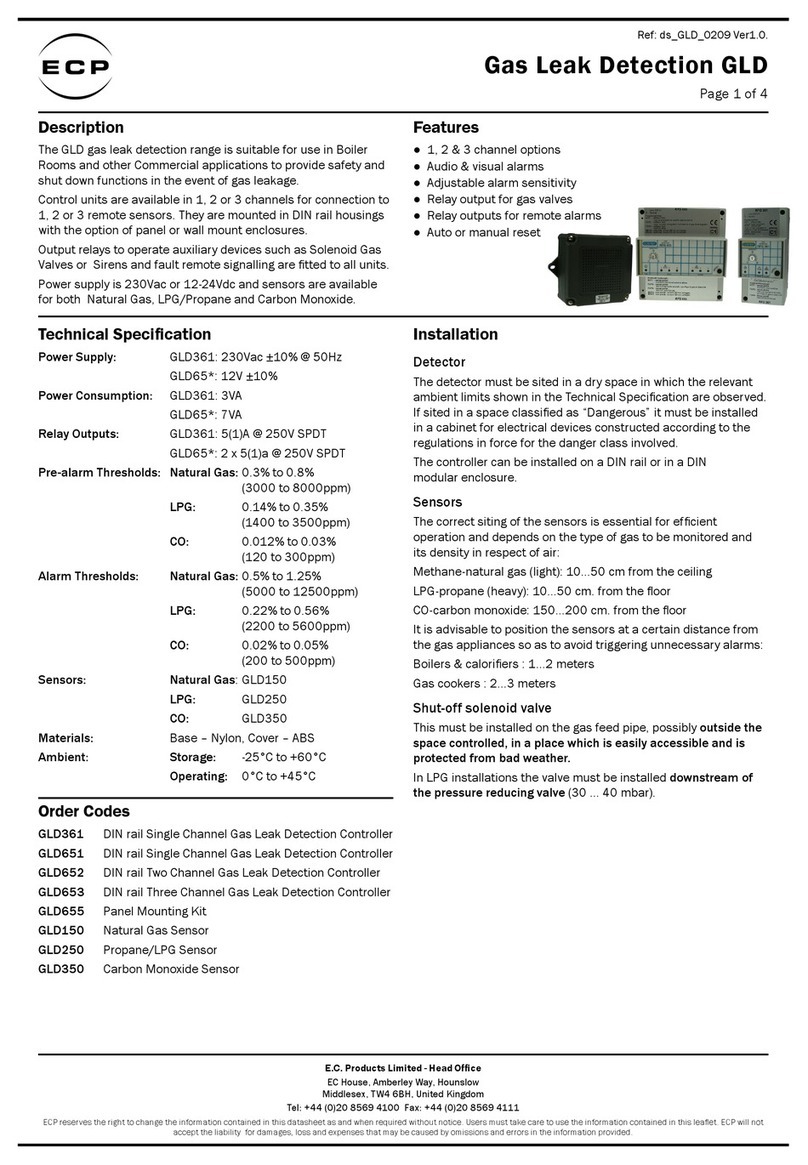Technical Description
TM888200 Rev. (Am), March 2018 19
3.3.2 Spectral Fingerprint
Each hazardous material is detected at a specific wavelength selected according
to its specific spectral absorption or “fingerprint.” The detection process involves
2 separate filters: one transmitting radiation that is absorbed by a particular gas,
and one that is not sensitive to it.
3.3.3 Optical Path
The presence of hazardous airborne vapors, gases, or aerosols in a monitored
area is detected when the defined substance crosses/enters the optical path
between the radiation source unit and the detector.
Hazardous gases/vapors present in the atmosphere cause absorption of the
radiation pulse at specific wavelengths in the optical path between the radiating
source and the detector unit. This causes a change in the signal intensity
received by the detector, which is translated into an output related to the
detector’s measuring scale.
The system analyzes the defined open path at the spectral bands specific to the
materials being monitored. The Automatic Gain Control (AGC) unit compensates
for environmental disturbances such as fog and rain, through a constant
comparison with its dual spectral beam.
3.3.4 Microprocessor Based
The incoming signals are analyzed by the built-in microprocessor. A sophisticated
mathematical algorithm calculates the various functions of the detected signal
thresholds. Statistics, ratio algorithms, data communications, diagnostics, and
other functions are performed.
3.3.5 Gas Sensitivity
The SafEye Quasar 900 Model uses wavelengths around the 2.3µ spectral band to
measure air flammability potential between the source and detector. At this
wavelength, all hydrocarbon materials have an absorption peak. This enables the
detector to achieve regular sensitivity of 0–5 LEL.m.
The Quasar 900 detects hydrocarbon gases including methane, ethylene,
propane, ethane, butane, and others.
3.3.6 Gas Calibration
The Quasar 900 has 3 calibrations that can be changed by function setup:
•Gas 1 –100% methane
•Gas 2 –100% propane
•Gas 3 –100% ethylene
The full scale of methane and propane is 5 LEL.m, while the full scale of ethylene
is 8 LEL.m. Gas calibration is available to LEL values defined by NFPA 325 and
IEC 60079-20. Instruments certified to ATEX/IECEx, EAC, and Inmetro are
calibrated to LEL values defined by the IEC standard, while configurations
certified to FM/FMC are calibrated per the NFPA norm.
The full scale of methane and propane is 5 LEL.m.



















